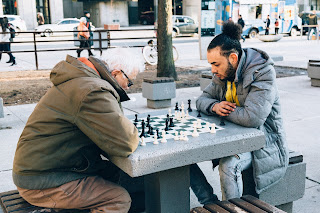Human and animal relationships aren’t new. They’re something that have been around for thousands of years. Many people in their lifetime have had some type of pet interaction whether it be with a dog, cat or even horse.
Today, a therapy that is becoming an increasingly popular option for senior citizens is animal therapy. A flexible method, this therapy doesn’t require people to care for the animal full time or live in a location that allows them to do so. It has also been documented that this kind of therapy can improve people mentally, emotionally and physically. Some results have shown that people have had are lowered blood pressure, stress and anxiety. As well as, increased social interaction, sense of gentleness, and increased self-esteem. Animal therapy has many benefits, another is that it can be tailored to people specifically as it can be practiced with a multitude of animals from dogs, and cats to horses and farm animals. Overall animal therapy is great and creative option for the elderly, or anyone.
Read More Here:







